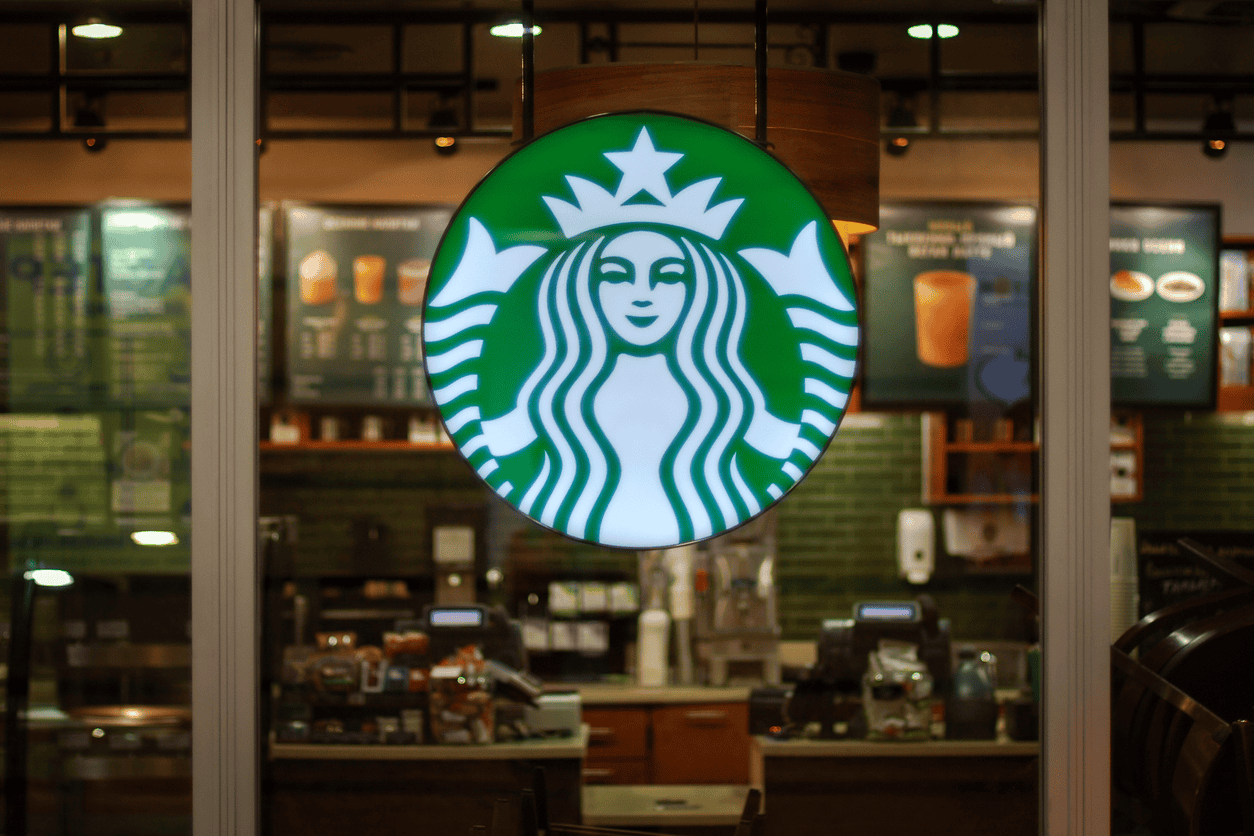
iStock.com/Nadya So
Is Starbucks’ Focus on Store Ambiance a Sign of Future Trends?
Starbucks is making changes to improve guests’ coffee shop experience. The company is working on reducing noise inside its stores and enhancing accessibility for all customers.
To tackle the noise issue, Starbucks plans to install acoustic dampening baffles or foams in the ceilings of new U.S. locations and about 1,000 renovated stores. This change aims to make the environment quieter, helping both customers and employees.
The ceiling baffles in the coffee chain’s newly designed and updated stores are designed to minimize background noise and echoes by absorbing sound. This not only aids guests — particularly those with hearing impairments — in communication but also reduces the ambient noise that can make it more difficult for baristas to comprehend customer orders.
“Imagine you’ve got all that background noise happening, and then you’ve got a window open in front of you, and you’re trying to communicate with a customer.”
Sara Trilling, president of Starbucks North America, via Bloomberg
For customers with hearing aids, the acoustic dampening baffles will minimize noise and reverberations, making it easier for those using assisted listening devices to communicate and enjoy their time in the store.
In addition to noise reduction, Starbucks plans to improve the visual experience by adding adjustable lighting with dimmers and power screens on exterior windows. These enhancements will reduce daytime glare and shadows inside the store, creating a more comfortable environment for everyone.
In terms of accessibility, Starbucks is rolling out new store designs that cater to customers with various needs. These designs include an overhanging shelf to provide extra room for customers using wheelchairs, power chairs, strollers, or service dogs. The company is also implementing a point-of-sale system that transcribes customer orders and installing power-operated doors with longer vertical buttons.
For blind or low-vision guests, Starbucks added the Aira app, which offers visual interpreters to guide them through the store.
The first Starbucks location featuring these new accessibility features opened in Washington, D.C., in February. With these changes, Starbucks aims to create a more inclusive and enjoyable experience for all customers and partners.
Designing a retail environment requires decision-makers to take into account many different factors that influence customer behavior. To find the right ambiance for a business, retailers must first figure out who their target audience is and what they expect. Stores can examine the average age group of their customers, as different age groups have different shopping habits and needs.
Retailers can’t always please every customer. Experts have identified different shopper types, and they often want very different things from their in-store experience despite potentially shopping in the same stores. Not to mention other factors such as income, gender, and culture, which can also influence how people interpret the atmosphere.
Starbucks is enhancing its coffee shop experience by reducing noise, improving accessibility, and optimizing ambiance through lighting and design. These changes not only prioritize customer comfort and inclusivity but also highlight how retail ambiance affects customer experiences.
Discussion Questions
How do Starbucks’ recent design changes reflect broader shifts in consumer expectations toward inclusivity and sensory comfort in retail environments?
Considering the diverse needs of different shopper types, how can retailers strike a balance between creating a universally inclusive environment like Starbucks’ and catering to niche preferences to enhance customer satisfaction?
As technology continues to play a pivotal role in enhancing retail experiences, how can innovations like the Aira app integrated by Starbucks influence the future of accessibility and customer engagement in physical retail spaces?
